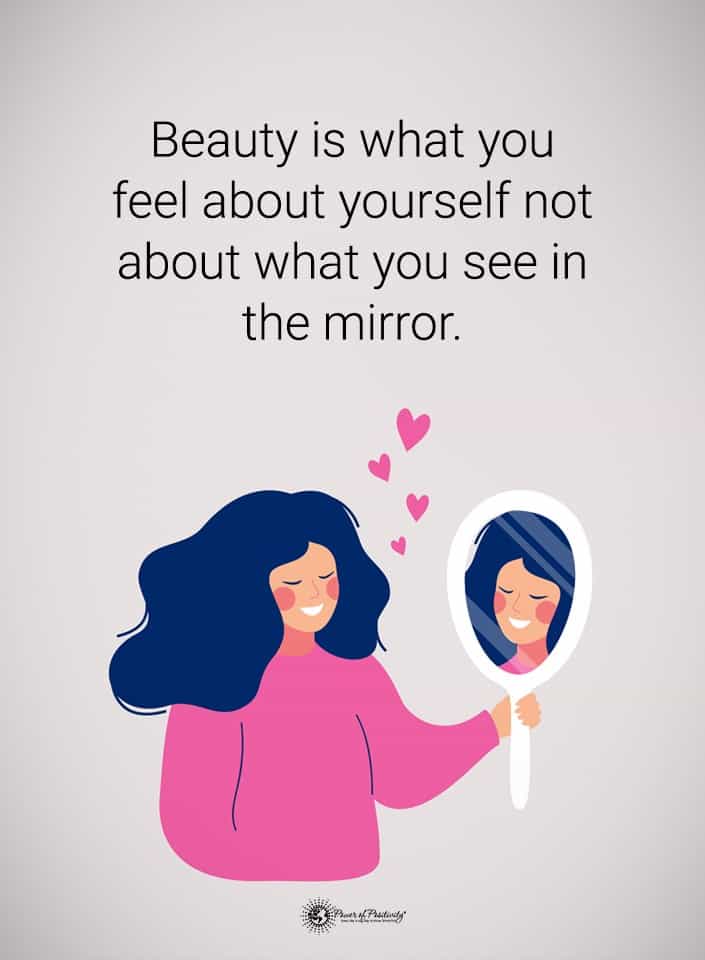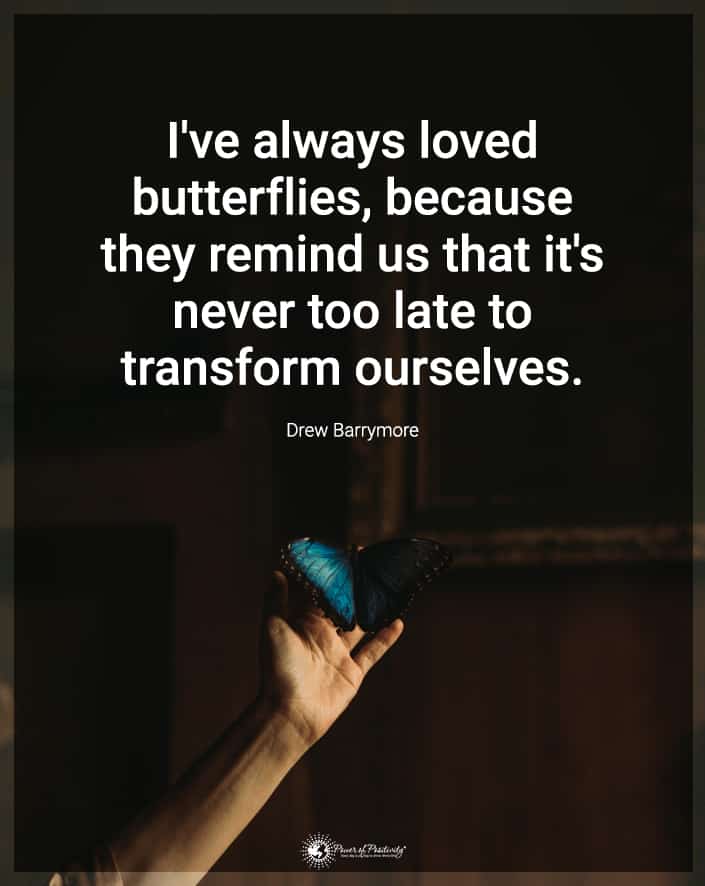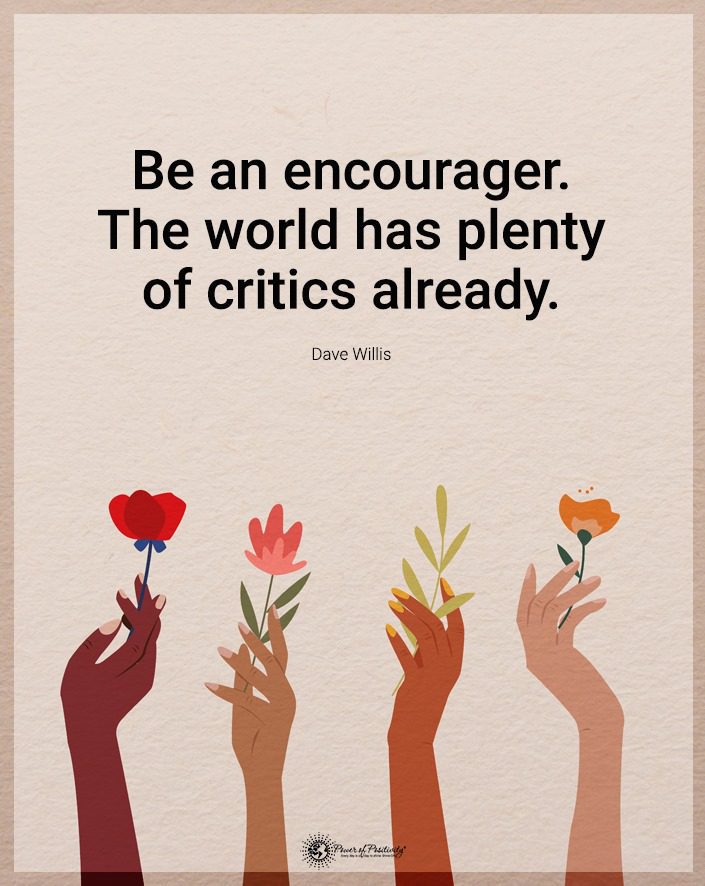Your daily skincare routine has a significant effect on your skin’s health. Your weekly facial mask routine won’t matter much if you don’t properly care for your skin daily. However, sometimes, the products you use for healthy skin do more harm than good.
Many people want glowing, radiant skin, and they’ll do anything to achieve it. If you’re one of us, you might switch your products out often to see if something else works better. You might be drawn to facial scrubs your friends swear by, but it’s not always to your benefit.
Many people assume skincare myths are true, hindering their chance at obtaining healthy skin. While you do things to achieve healthy skin, your actions might do the opposite and make things worse. Your skin is a delicate organ, and experimenting with it isn’t ideal.
If your routine consists of any of the myths discussed below, it’s time to make a change. Once you know which habits aren’t improving your skin health, you can learn what to do instead.
Five Things People Do for Healthy Skin That Don’t Actually Work
Avoid these skincare habits–you are wasting time. Besides that, you might even be doing more harm than good.
1. Not Using Enough Sunscreen
Everyone needs sunscreen, no matter your pigmentation or resiliency to burning. As you apply your sunscreen, you must use enough of it. Many people only use a pea-sized amount of sunscreen on their face to still get color.
However, a pea-sized amount of sunscreen is not enough to protect your skin. You must apply about half of a teaspoon or more for your face alone. This amount of sunscreen will give you the perfect coverage to protect your skin from UV rays.
Don’t forget to reapply your sunscreen if you want to maintain healthy skin. Experts recommend reapplying every two hours or immediately after swimming or sweating heavily.
2. Relying on Facial Wipes or Toner and Not Cleansing After
You might think using a facial wipe to remove your makeup at the end of the day is enough, but it’s not. You must wash your face with a mild cleanser after removing your makeup.
The makeup wipes don’t remove dirt and buildup from your skin and pores, so don’t skip it, or it can hinder your epidermis functions. Plus, some makeup wipes leave a film of residue on your skin containing alcohol, fragrance, solubilizers, and surfactants. If you don’t wash these ingredients off, they can irritate and dry out your skin.
Additionally, don’t rely on toner as a facial cleanser, either. Toner is for after cleansing to soothe your skin and restore the pH balance.
3. Using Alkaline Facial Cleansers for Healthy Skin
Alkaline facial cleansers have pH levels 6.0 and higher, stripping your skin of natural oil. They make your skin tight and give you the feeling of having spotless skin.
However, alkaline products cause your skin to produce more oil to make up for what is lost. Your skin becomes more bacteria-prone, and your breakouts will likely worsen.
Not only do alkaline facial cleansers remove natural oil, but they also destroy the moisture barrier. Aim for a cleanser with a pH level of around 5.0. It will help decrease sebum production and repair your moisture barrier.
4. Using Just Anything, and Avoid Using Many Products at Once
You might see a product advertised online with promises to solve all your problems. However, everyone has different skin, so what works for one person might not work for you. It could worsen your condition, instead.
Be careful not to use anything that you aren’t sure of. You might want to try an all-natural skin remedy, but you never know how your skin will react. Your skin is fragile, and you must treat it with care. Only use products that you know are safe and be wary of home remedies unless you know you aren’t allergic.
Additionally, you shouldn’t use too many products at one time. You might think it’s beneficial to layer your skin with many products, hoping to solve many issues at once. However, it could quickly cause an adverse effect.
5. Over-exfoliating or Using Abrasive Scrubs
Exfoliating your skin is beneficial, but you must be careful when you do it. First, avoid exfoliating too much because overdoing it can cause skin irritation. Don’t exfoliate more than twice weekly to remove dead skin cells and achieve glowing skin.
Additionally, don’t use overly abrasive exfoliating scrubs. You don’t have to remove an entire layer of skin to exfoliate properly, and it’ll cause more damage if you do. Giant exfoliating beads cause skin tears and inhibit healing, damaging it rather than making it healthier.
Over-exfoliating doesn’t only cause skin tears, either. It also dries your skin out and reduces the natural barrier and nutrients.
In turn, your skin becomes oilier as it produces extra sebum to compensate for what your product removed. You’ll experience more clogged pores and breakouts than you did before you started exfoliating.
Nine Healthy Skin Remedies That Work
Now that you know some of your skincare habits aren’t helping, it’s time to learn what you can do instead. These remedies for healthy skin can help you achieve the glowing and mostly blemish-free face you desire.
1. Use Sunscreen Daily
Even if it’s cloudy or cold outside, you must wear sunscreen. With regular sunscreen use, you’ll show signs of aging slower than others. Plus, you’ll protect yourself from the harmful effects of UV rays.
2. Avoid Picking at Your Skin
Popping pimples or poking at blackheads won’t make them disappear. Instead, it’ll make them last longer and become more discolored. Plus, if you pick at it, the discoloration will last longer, even after the pimple goes away.
While picking at your blemishes is tempting, keep your hands away from your face. You add more oil, dirt, and bacteria every time you pick at your skin.
3. Use a Gentle Exfoliator
Exfoliating is great for your skin when you do it with care. Choose a gentle exfoliator and use it twice a week. Removing dead cells will make your skin smooth, clear, and well-balanced. Regular exfoliating also helps your skin absorb your other products better. If those products are worthwhile, you’ll want to make sure they penetrate your pores for the best effects.
4. Use Topical Retinoids
Topical retinoids treat acne, psoriasis, and some cancers. They also promote cell turnover and stimulate collagen production. One of the best products you can use is retinoids because they slow the effects of aging and keep your skin healthy.
5. Avoid Smoking
Smoking cigarettes restricts the blood vessels near your skin’s surface, depriving it of oxygen and nutrients. When this happens, it speeds up aging and makes your skin look dull. It also slows the production of collagen, a protein that makes your skin resilient and smooth. If you avoid smoking, you’ll notice fewer lines and wrinkles around your eyes and mouth.
6. Get Enough Sleep
Getting enough sleep can make all the difference in the health of your skin. If you don’t get eight hours of sleep at night, it can cause skin inflammation and exacerbate acne. It can worsen conditions like Rosacea and make your skin age faster.
7. Drink Plenty of Water
Your body needs water to function, essential to your overall health. Drinking plenty of water also improves your skin health by keeping you hydrated. With hydrated skin, it’ll appear dewy and look like you’re glowing.
8. Remove Your Makeup Before Sleeping or Working Out
Washing your makeup off before bed can lead to beautiful, healthy skin. Sleeping in makeup promotes breakouts, increased pores, and free radical damage to your skin. If you prioritize removing your makeup, you will prevent these issues from occurring altogether.
Additionally, always take your makeup off before working out. When you have sweat on your skin and wipe it off during your workout, it can push makeup into your pores. Plus, washing your face before working out prevents dirt, dead cells, and other debris from entering.
9. Use the Best Products for Your Skin Type
Don’t switch products frequently; you’ll need time to see if one works for your skin. Avoid using many at the same time, as well. Instead, find what works best for your skin type and stick to it.
Then, develop a skincare routine and don’t skip it when you don’t feel like washing your face. Force yourself to go through the steps each night, and you’ll quickly see an improvement in your skin health.
Final Thoughts on Science Explains Five Things People Do for Healthy Skin That Don’t Actually Work
Sometimes the things you do for healthy skin don’t work. Many times, these habits can worsen your condition and exacerbate symptoms. Your skin is delicate, so treat it that way each day. Now that you know which habits you should break, implement some tips for improving skin health. You’ll find that they work much better in improving the appearance of your skin, and it’ll feel better, too.


















